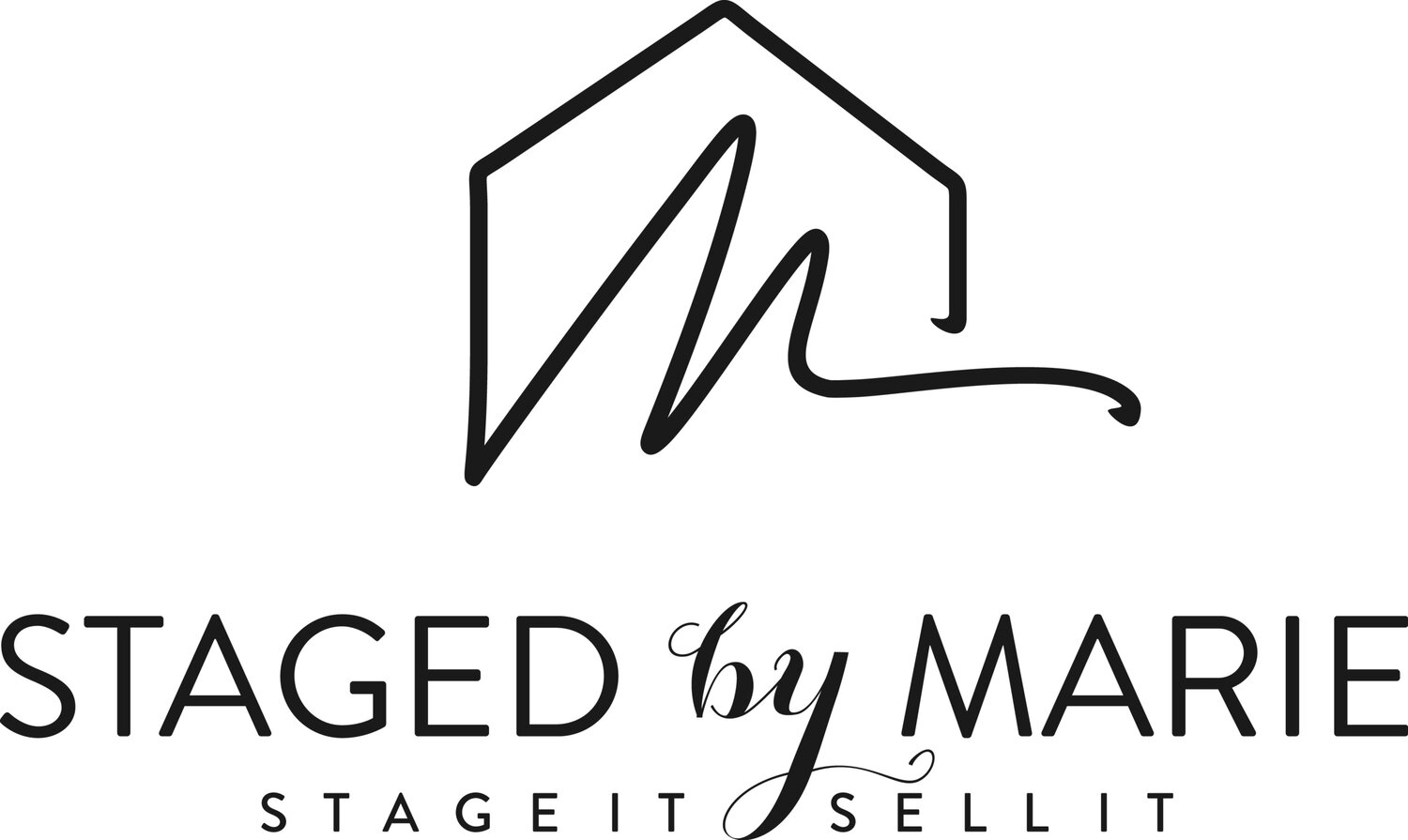Should it Stay or Should it Go?
Occupied Stage After
You are probably wondering how this play on the 80’s tune “Should I Stay or Should I go” relates to staging. Well, the answer is very easy, like the band the Clash, who released the song in 1981, we don’t want your furniture to “clash” with prospective buyers.
Occupied Stage Before
We have consulted on and staged many occupied properties and the biggest question is “How do I make the space inviting to buyers?” Occupied stages are becoming more common in today’s market, especially with clients trying to stretch their budgets in marketing their property. The challenge with occupied staging vs vacant staging is utilizing the homeowner’s furnishings while still making the property look updated and inviting. This challenge is not for the faint of heart. It could take even the most seasoned stager out of their comfort zone. We find this challenge exciting, although occupied staging takes more time to plan! When choosing supplemental inventory, it is essential the overall look is cohesive to properly update the look of the property. Once the past is mixed with the present, the look and feel of the property changes immensely.
For real estate agents or home owners, this process begins with contacting a local staging professional and having a one-on-one consultation to evaluate the property. Professional stagers are up to date with the current market and trends. They are experts in visualizing how to use the current furnishings while integrating updated décor from their inventory, if needed.
Occupied Stage After
With an occupied stage, we try to utilize as many of our clients existing furnishings as possible. The less inventory we bring into the property, the lower the cost, without lowering the quality. Reassure your client their future decor will not be “bean bags and air mattresses”, although nothing is more fun than waking up on a hard floor because the air mattress deflated! Maybe that’s just fun for me. The main focus will be the items recommended for removal.
Staging professionals will normally tag (tape) the items they recommend removing. Once the items are tagged for removal, prepare for the one of the hardest conversations you will most likely have as a stager. Remember, professionalism is key. This is the point some clients may question your credentials and experience. In the eyes of some home owners, we just added more stress to the already overflowing abundance of stress. We have had clients become panic stricken and question “Where will it all go? Do I have to rent a storage unit now? Remember, I am trying to save money?” Or you may encounter a seller that believes the home should remain the same until moving day. REMAIN CALM! We understand the sentimental significance of their family’s hand-built IKEA wall-to-wall entertainment center or their infamous beer stein collection from around the world; however, these will not sell the property. This must be conveyed to the client. If the tagged item will be going to the new property, it should be packed and moved to storage (e.g., storage unit, garage, etc). For all other items, homeowners hold estate sells, auctions, or donate the unwanted items. Many local charities will even pick up the items at no charge. The focus is to de-clutter and de-personalize the space.
Once staging is complete, now is the perfect time to answer the client’s normally unasked question “How do we live in our home now that it’s staged?” It is imperative this question is addressed. We instruct our clients to remove the décor pillows, throws, etc., to facilitate normal life in their home and prevent undue wear on our inventory. We also provide photos as a visual reference to aid them in keeping the home show ready. The photos provide clients the reference necessary to make beds and replace other décor items daily, ensuring the home is always ready for showings, while still providing the client the use of their furnishings.
Before
After staging
Sellers need to understand that the appearance of the property directly affects the emotions of potential buyers. Our goal is to create the “WOW” factor, through MLS photos… one of the first and necessary reactions needed for potential buyers. This step gets the prospective buyer to the property. Once in the property, the emotional connection needed to visualize themselves living in the home occurs. The questions we want to prevent from potential buyers are “What will we do with that?” or “Our things will not fit with that furniture in here.” You read correctly. Although the furniture is not being sold with the home, most buyers are not able to move past the items and it could deter them from a potential purchase. Statistics show that 90% of buyers cannot visualize space and having large furniture pieces or too many furnishings can overwhelm them. In fact, outdated furnishings can also become an unwanted focal point of a property. The hardest thing for a seller to remember is this is no longer their home!
Professional home staging is an important marketing tool to get a property sold for the highest ROI!
Warmly,
Marie & Ernie





